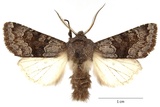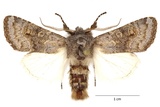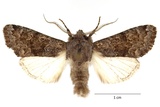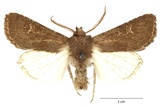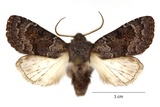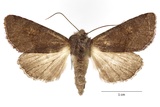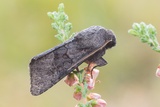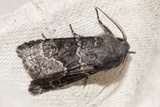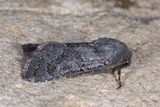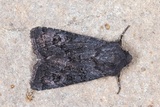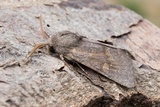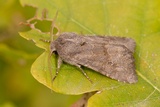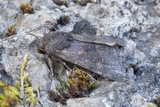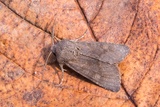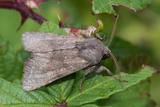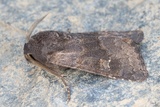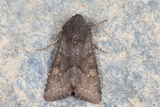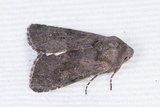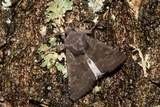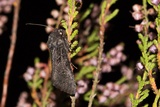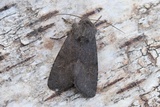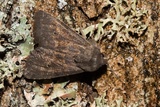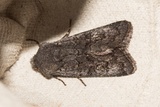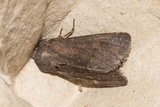Aporophyla lueneburgensis (Freyer, 1848) Species
Last modified: Jan. 29, 2025, 4:35 p.m.
In the past it was assumed that Aporophyla lutulenta belonged to the Belgian fauna (distribution mainly in the southern part) but since the publication by Nowacki, Mahecha, Waşala & Zubek in SHILAP Revista de lepidopterologia 51(201): 37–50, The taxonomic separateness of the species Aporophyla lueneburgensis (Freyer 1848) and Aporophyla lutulenta ([Denis Schiffermuller] 1775) occurring in Poland (Lepidoptera: Noctuidae), we know that A. lutulenta has a more eastern distribution in Europe and therefore does not occur in Belgium and is replaced by A. lueneburgensis.
The species has 2 separate distribution areas in Belgium: the Campine area in the north (always considered as A. lueneburgensis) and in the southern part (in the past considered as A. lutulenta).
This species is considered Critically Endangered according to the IUCN Red List category for Flanders 2023.
Details
- Classification
- Family: Noctuidae > Subfamily: Xyleninae > Tribus: Xylenini > Genus: Aporophyla > Subgenus: Phylapora > Species: Aporophyla lueneburgensis
- Vernacular names
- Heidewitvleugeluil (NL), Northern Deep-brown Dart (EN), La Noctuelle boueuse (FR), Heidekraut-Glattrückeneule (DE)
- First mention in Belgium
- Fologne E. 1862b. Observations sur quelques Lépidoptères observés en Belgique. — Annales de la Société entomologique belge 6: 161–169. On page 161 (as Hadena Lutulenta, S. V., var. Luneburgensis, Freyer, HS.). view page
- Status
-
Native
Distribution
Bionomics
The caterpillar forages at night and hides close to the ground during the day. It hibernates as a small larva and grows slowly during the winter, later it pupates underground.
The adults are active from dusk onwards and later come to light and sugar.
Flight periods
The adults fly in one generation a year, usually from mid-September towards mid-October, occasionally later.
Observed on
- Host plant (species):
- Lotus corniculatus and Prunus spinosa
- Host plant (genera):
- Calluna, Vaccinium and Betula
- Substrates:
- Herbaceous plants and Shrubs
The larva lives on various herbaceous and woody plants, including Calluna, Betula, Vaccinium, Lotus, Prunus spinosa etc...
